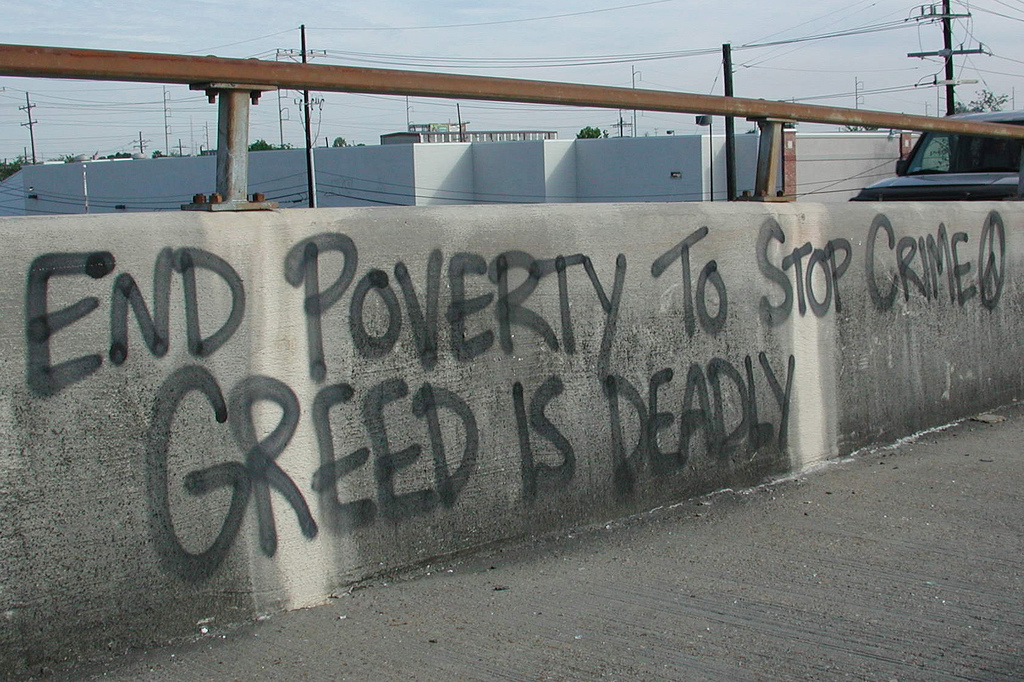This article is in response to the story earlier this week “Md. welfare benefits better than most European countries, think-tank claims”
By Benjamin Orr
Maryland Center on Economic policy
The insinuation that Marylanders would rather receive public assistance than work is not only insulting, but factually incorrect. The reality is that the safety net provides many Maryland families with support at critical moments, particularly when they aren’t paid enough to meet the cost of necessities.
A recent Cato Institute publication, The Work Versus Welfare Trade-Off: Europe, reported on by MarylandReporter.com this week, promotes a seriously misleading message. Using flawed methodology, the authors claim that Maryland’s support for struggling families provides so much money that recipients prefer not to enter the labor market. Furthermore, they claim that Marylanders on public assistance receive a greater total benefit than residents in most European countries.
The Cato Institute study misrepresents low-income residents by depicting them as lazy and unproductive people who do not strive for a better life for themselves or their children. This rhetoric is wildly untrue; many hard-working parents must rely on public assistance to feed or house their families simply because they aren’t paid enough to make ends meet.
Inaccurate assumptions
The Cato researchers based their contentions on the inaccurate assumption that families receive simultaneous assistance from all possible sources: Temporary Assistance for Needy Families (TANF); Supplement Nutrition Assistance Program (SNAP); Medicaid; Housing Assistance Payments; Low Income Home Energy Assistance Program (LIHEAP); Women, Infants, and Children Program (WIC); and The Emergency Food Assistance Program (TEFAP). Cato adds the total potential benefit amount together and refers to it as “welfare.”
In reality, it is highly uncommon for anyone to simultaneously receive all these forms of support. Sharon Parrott and LaDonna Pavetti, in research for the Center on Budget and Policy Priorities, clearly show how few families receive benefits from multiple programs and how few eligible families actually receive any benefits at all.
For example, in Maryland only one-third of families in poverty receive TANF cash assistance. While Cato assumes that jobless families that receive TANF also receive SNAP, in fact just 16 percent of households with children receiving food assistance also received cash assistance in 2011, the most recent year for which figures are available.
Similarly, CATO assumes that jobless families that received TANF also receive WIC, but that working families do not. In fact, in 2010 just 8 percent of WIC participants received TANF.
In addition, Cato Institute researchers assume that, if a parent works, the family does not receive any forms of assistance except refundable tax credits. However, research from the Center on Budget and Policy Priorities shows that more than half of able-bodied adults in households with children receiving SNAP work while receiving assistance, and some 87 percent worked in the prior year or will work in the subsequent year.
Half of welfare recipients find work in first year
This is confirmed by long-running research by the University of Maryland School of Social Work, which finds that approximately half of welfare recipients who exit the program find employment within the first year, enabling them to become self-sufficient and no longer rely on any welfare assistance. A much less common scenario is for welfare recipients who exit the program to go back to receiving benefits without obtaining employment. In fact, only 13 percent of participants fall into this category.
Cato’s report ignores large-scale policy changes to the nation’s safety net structure in recent decades. Contrary to Cato’s assertions, these programs now do much more to promote work and support low-income working families — and much less to help poor families in which parents are out of work, leading to rising numbers of very poor children.
Benjamin Orr is the executive director of Maryland Center on Economic Policy and can be reached at [email protected]




I only have personal experience to go by. Once at the grocery counter I had sticker shock with my gourmet zucchini I was about to purchase. I told the clerk the price was exhorbitant and I did not want to buy it after all. At that moment a young lady in line offered to purchase it for me with her WIC card. It was a kind gesture, but I was struck by the fact that here was a presumably poor person in desperate straits willing to buy a premium yuppie treat for a stranger.
The money in the federal budget for these welfare programs should all be in a work for pay program. Staying home and receiving a welfare check provides no incentive for self development.
Stop the excuses and the manipulation of stats. The bottom line is : “It’s clear that welfare benefits in Maryland are sufficiently high that they can act as a disincentive to work,” People should want to get off of welfare as fast as possible, in this country the opposite is true and that is a disgrace. Stop robbing us (through taxes) to fund this obscenity!
1. CATO didn’t depict anyone as lazy and unproductive. The straw-man argumentation undercuts your credibility. If you cool off and actually read the report, page 21 shows CATO concluded “poor people are not lazy.”
2. CATO also didn’t report all families in poverty received every benefit to which they were entitled. Chill out dude. CATO showed “Benefit Packages” as entitlements, not paid benefits.
3. The Congressional Budget Office, whose resources dwarf any of the author’s sources, reported in February 2014 that “…expanded Medicaid eligibility under the ACA will, on balance, reduce incentives to work.” Google it and add balance to your story because you don’t seem to understand the effects of regressive tax rates (principally for Social Security) on behavior of workers considering low-paid employment.